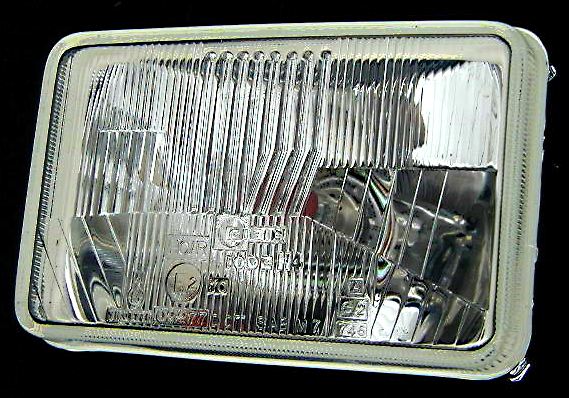- Joined
- Jun 2, 2003
- Messages
- 23,591
Vehicle: my '96 Audi A4
Location: parking lot
Time: one hour after sunset (two different days)
Position of the car was identical on both days
Camera position and angle were identical (at least very close)
Shot on film (Fuji 800 ASA), exposure was manually set and identical
The second picture has no "cones" (cans), because it was too windy
The distance to the island with curb clearly visible straight ahead was 50 meters (164 feet).
Picture 1: OEM Bosch DOT headlights, US import version ('96 version)
- Osram H7 55 W low beam
- free form reflector (no projector) lights
- plastic lens
- integrated headlight aiming aid (bubble level), set according to specs ("level," no dip)

Picture 2: OEM Bosch e-code headlights ('96 version)
- Osram H7 55 W low beam
- free form reflector (no projector) lights
- glass fresnel lens
- aimed according to specs (1.5% dip)

I have marked curbs and a reflective traffic sign with red arrowheads.
I don't think I have to comment on the obvious differences between the beam patterns.
Location: parking lot
Time: one hour after sunset (two different days)
Position of the car was identical on both days
Camera position and angle were identical (at least very close)
Shot on film (Fuji 800 ASA), exposure was manually set and identical
The second picture has no "cones" (cans), because it was too windy
The distance to the island with curb clearly visible straight ahead was 50 meters (164 feet).
Picture 1: OEM Bosch DOT headlights, US import version ('96 version)
- Osram H7 55 W low beam
- free form reflector (no projector) lights
- plastic lens
- integrated headlight aiming aid (bubble level), set according to specs ("level," no dip)

Picture 2: OEM Bosch e-code headlights ('96 version)
- Osram H7 55 W low beam
- free form reflector (no projector) lights
- glass fresnel lens
- aimed according to specs (1.5% dip)

I have marked curbs and a reflective traffic sign with red arrowheads.
I don't think I have to comment on the obvious differences between the beam patterns.
Last edited:













